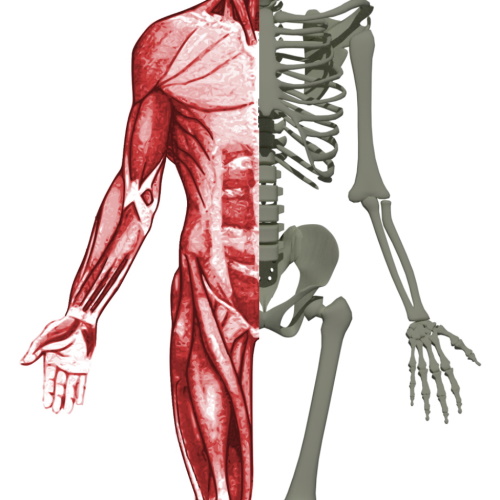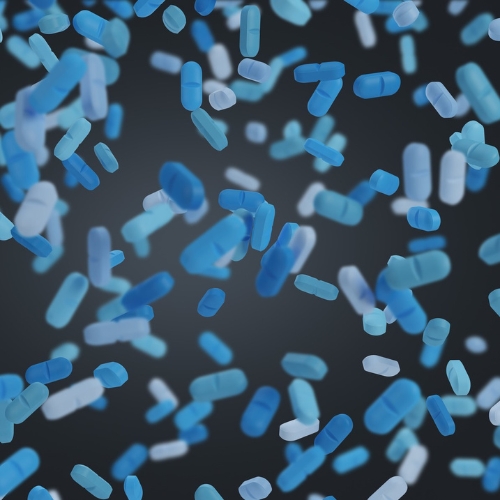Use it or lose it – over 50s guide to muscle loss
Thinking longingly of retirement and the rocking chair? Think again! Older people need exercise just as much as young people. Here are all the reasons why exercise is essential for the over-50s.
Whether you are a 50 or 60 something office worker, unpaid carer or already semi-retired, staying active as you get older is a critically important way of staying and feeling younger as those years go by.
Physical decline is thought to be a result of ageing, whereas in reality it’s an end product of simply being less active. Think about this. It’s not just ageing that forces us to take it easy. A lot of this slowdown is in the mind and not the body, so we must all be careful not to drop into the stereotypical pre-pensioner slow down.
Vicious circle of frailty
We have to be careful that we avoid slipping into what I call the ‘vicious circle of frailty’, where we lose muscle by being sedentary, which leads to more pressure on our joints and tendons, which makes it harder to stay active… which then makes us less active. This then means even more loss of muscle and strength and this circle of frailty must be avoided at all costs!
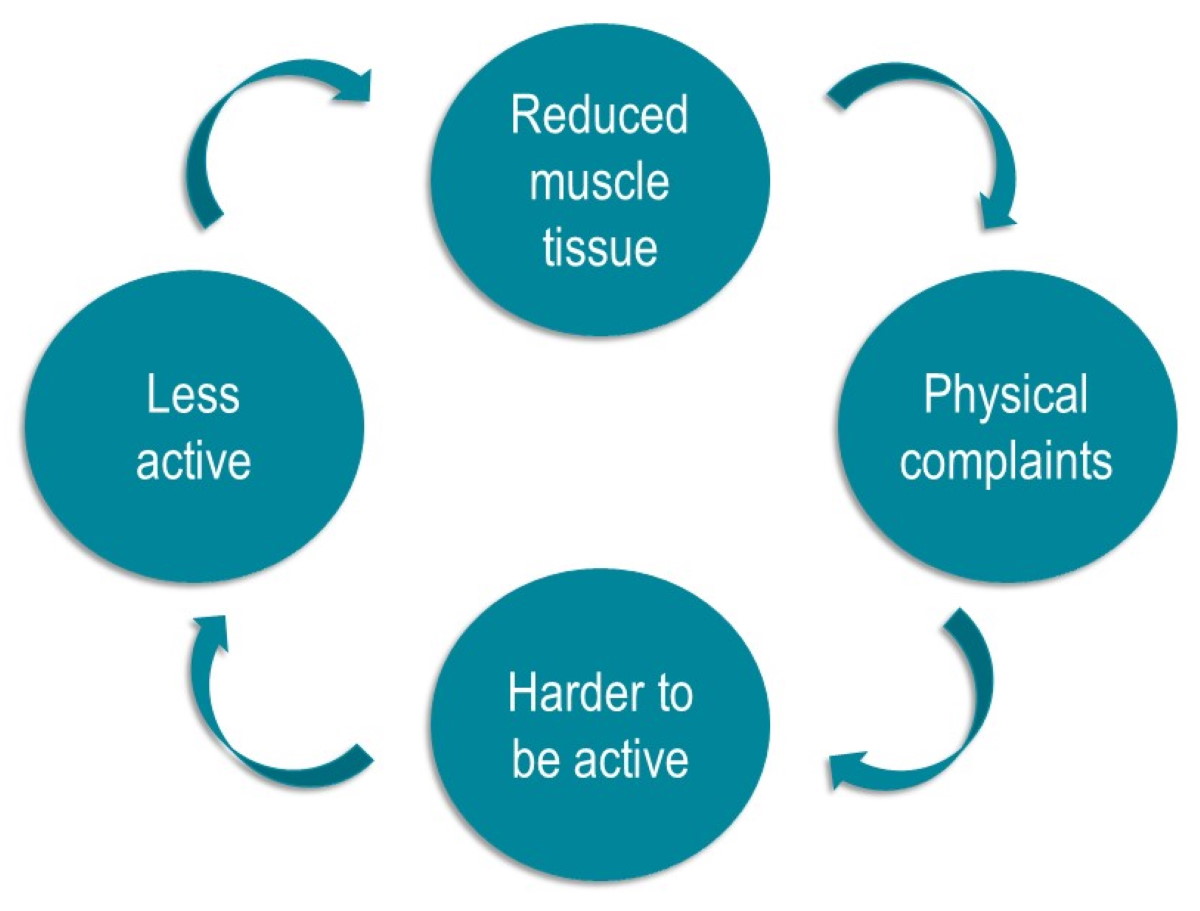
If you keep the body in good shape, it will be more effective in repairing itself when it needs to.
Consumer research
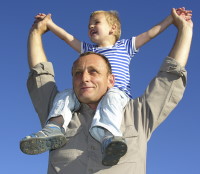 In a recent piece of consumer research that we at Prime Fifty carried out with a number of over 50s, the majority of people told us that the most valuable ability they never wanted to lose as they age, was that of mobility. Walking to the shops, playing with the grandkids or just going for a long walk in the countryside. It’s a simple request and we can all do something which will help us retain this gift…. it’s as simple as just doing some regular physical activity and structured exercise.
In a recent piece of consumer research that we at Prime Fifty carried out with a number of over 50s, the majority of people told us that the most valuable ability they never wanted to lose as they age, was that of mobility. Walking to the shops, playing with the grandkids or just going for a long walk in the countryside. It’s a simple request and we can all do something which will help us retain this gift…. it’s as simple as just doing some regular physical activity and structured exercise.
Physical activity means anything from everyday tasks, like cleaning the house, heavy gardening or walking the dog. Or it might be more specific exercise like keeping fit, cycling, jogging, aerobics, zumba, yoga, pilates, visiting the gym, swimming, golf, football, or tennis. The best type of activity is one that makes you feel warmer and breathe heavier and getting your heart and pulse pumping faster than usual.
The huge benefits of keeping active include:
- a reduced risk of developing a chronic illnesses and disease
- a greater likelihood of maintaining or reaching a healthy weight
- a greater sense of well-being
- improved sleep and increased day-time vitality
If you stay physically active, you're also likely to stay independent much longer. Exercise will also make you stronger and you'll feel more confident overall.
Inactivity and an overly sedentary lifestyle can unfortunately put us at greater risk of a whole host of disease states such as type 2 diabetes, obesity, heart disease and even some cancers.
One can read a lot about how we are now living much older than we used to, many years ago. However, what we want is not just to live longer, but also we want to live our additional years as healthy as possible i.e. more healthy years with no disabilities.
Muscle Mass
As we get older, of course, we get the odd ache and pain in our joints and also perhaps find it a little more difficult to lift that box, or the grandkids or even just bend or kneel in the garden. One of the reasons for this is that we are losing muscle mass and becoming weaker as we age. This is nothing new of course, but if we don’t exercise regularly, then this ability to do these various activities will slowly ebb away and we can find ourselves becoming less and less mobile. This in turn makes it even more difficult to be active and therefore we tend to then become even more sedentary… and this then becomes a vicious spiral.
WARNING! Muscle Wastage and Loss of Strength
But as we age, very day we are losing muscle mass from degradation, but also are replenishing our muscle mass by building new muscle tissue with amino acids, which are the basic building blocks that come from the protein we ingest from our food.
When we are young, this balance is a perfect equilibrium, but as we age, the rate at which we lose muscle is significantly faster and our ability to build new muscle is somewhat less effective.
This means that we tend to lose muscle mass and strength overall as we age. This is called age related ‘sarcopenia’. It is not a disease but a natural part of ageing.
Sarcopenia
If unchecked, this can eventually lead to frailty in older age, as our muscle mass and strength reduce radically and typically this goes hand in hand with an increase in fat mass. This can be accelerated especially if we ever need to recover from an operation, due to being sedentary for possibly many days or even weeks and it’s very difficult to really make up for the huge amount of muscle loss, unless we make a big effort to reverse this muscle loss by doing proper weight baring exercise, as part of our recovery.
Age related muscle loss actually starts at around 45 years and accelerates as we age, resulting in around 1% loss per year accelerating to 3% later on in life, meaning that we could expect to lose 25% of our muscle mass and the strength that goes along with it, by the time we reach 65 years!
If you look at the image of the two people’s arms with a similar BMI, this just illustrates that it is very difficult to gauge muscle loss from an external appearance alone. It’s what’s inside that counts.
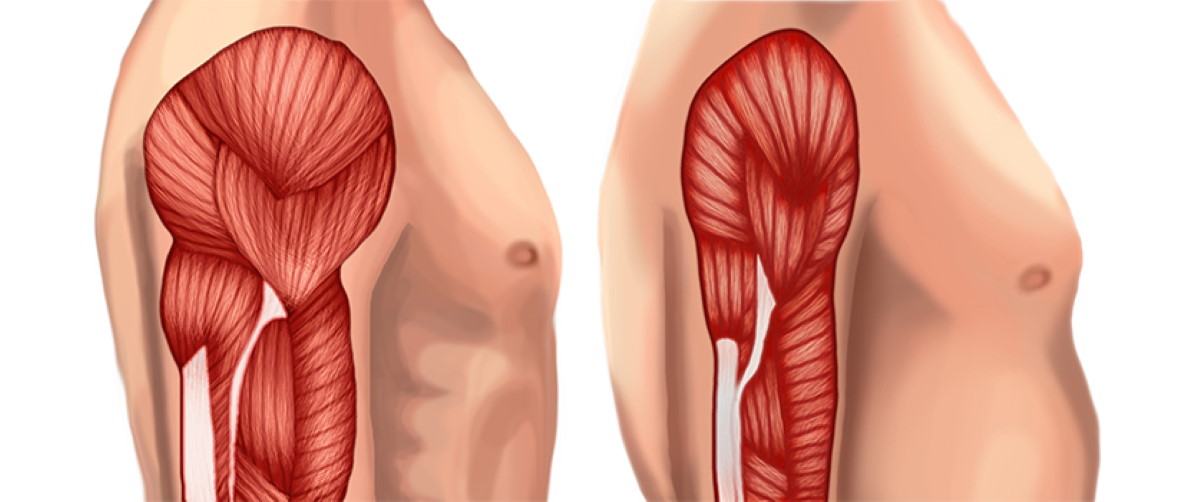
Typically, this goes hand in hand with an increase in fat mass too. Not a healthy combination… some scientists call this ‘sarcobesity’ which is in essence, is the combination of this muscle loss with the increase in weight due to additional fat, much of which can be unhealthy visceral fat – that is fat around the internal organs such as the liver or heart!
Another example of sarcopenia is that illustrated in the MRI imaging of young and older adults’ upper thighs. Around the white central bone, one can see the muscle mass (shown in grey) and the lighter looking fat mass surrounding the muscle itself. The image clearly shows not only a loss of muscle mass with age, but also the quality of the muscle itself in the older adults has diminished significantly, with additional ingress of fatty streaks too.
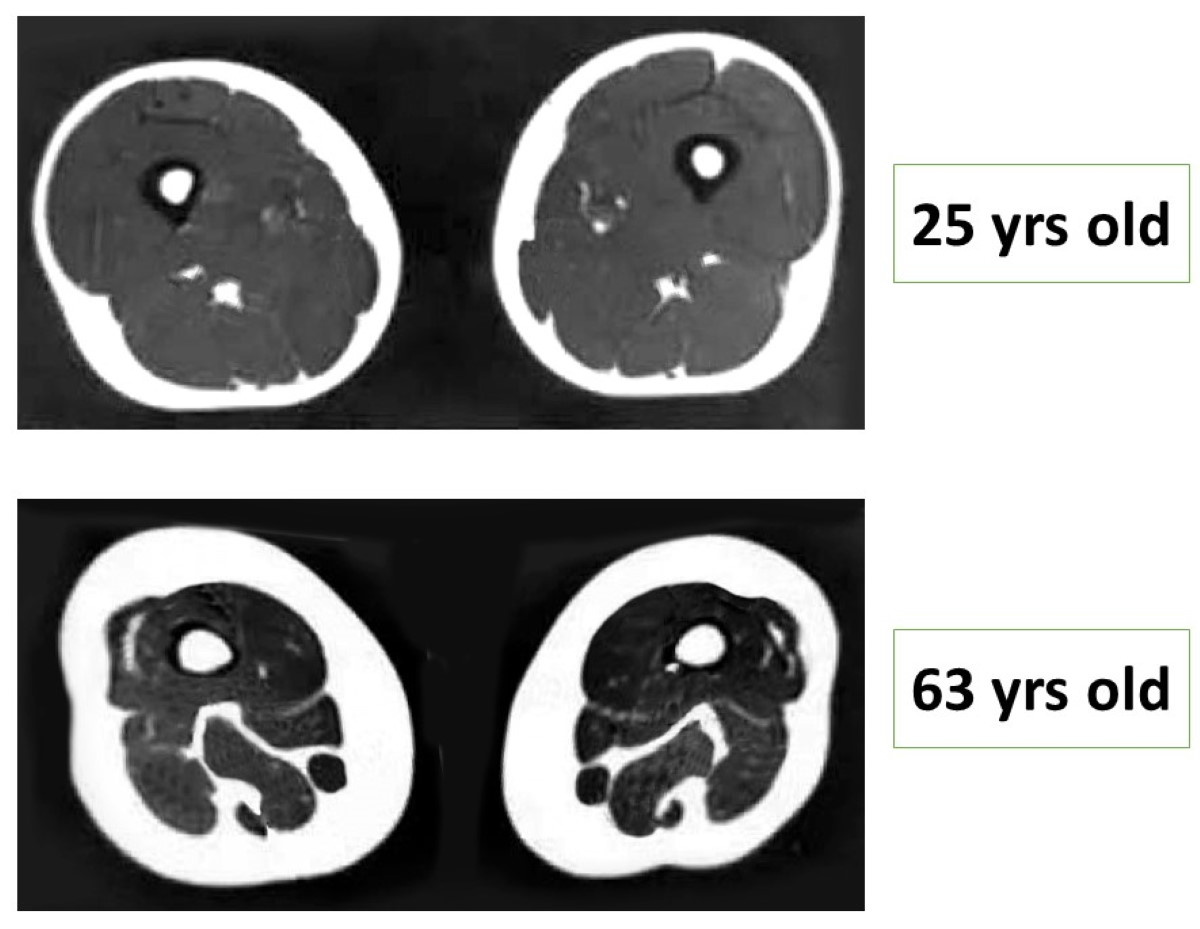
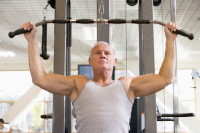 However, the good news is that we can do something about this so-called sarcopenia, it just takes effort in the form of exercise (preferably resistance exercise) combined with a higher intake of high-quality protein, preferably dairy or animal protein, as this type of protein contains the richest and highest quality source of essential amino acids, which have been proven to be the most effective for ageing muscle health, in many international scientific studies.
However, the good news is that we can do something about this so-called sarcopenia, it just takes effort in the form of exercise (preferably resistance exercise) combined with a higher intake of high-quality protein, preferably dairy or animal protein, as this type of protein contains the richest and highest quality source of essential amino acids, which have been proven to be the most effective for ageing muscle health, in many international scientific studies.
Dietary Protein
One fact which will be surprising to many is that we actually need MORE protein as we age, compared to when we were younger! The current RDA for protein is around 60 grams a day for a 70kg person… however, this is out of date, as scientific studies have shown clearly that we need at least an additional 50% plus of protein, making the daily requirement nearer 100 grams.
The problem however is that to eat 100 grams of protein, this is the equivalent to around four chicken breasts! Or if you prefer eggs, then it’s 18 eggs! Clearly this is not really possible, hence the need to supplement the diet with a high-quality whey and micronutrient-based product such as Prime Fifty’s ‘Maintaining Muscle’ product which delivers an additional amount of protein and all those critically important vitamins and minerals needed for not only muscle health and fatigue, but also general ‘healthy ageing’ too.
Many scientific studies have shown that combining exercise with a higher intake of high-quality healthy protein, can help maintain our muscle health and also maintain our strength too, which must be the right direction to take, if we are to remain healthy and active for as long as possible.
Guest blog written by Max Gowland, Chief Scientific Officer at Future You (including Prime Fifty brand)
Don’t forget, we have a discount code which means club members can get £5 off orders over £20 – one of the many benefits of FREE club membership.
Mentioned in this blog post:
Click on resource name for more details.
FutureYou Cambridge

Club discount available - click here
Company that supplies a range of natural health supplements and vitamins
Have you had coronavirus? UK COVID-19 antibody tests from £65
GlycanAge Biological Age Test Review

